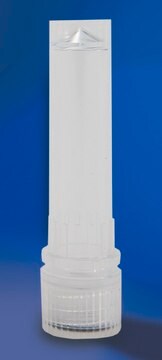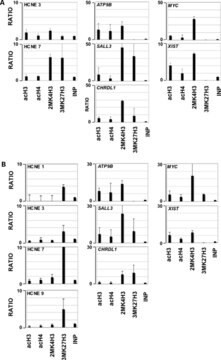06-583
Anti-Lck Antibody
Upstate®, from rabbit
About This Item
Produtos recomendados
fonte biológica
rabbit
Nível de qualidade
forma do anticorpo
purified antibody
tipo de produto de anticorpo
primary antibodies
clone
polyclonal
reatividade de espécies
human
embalagem
antibody small pack of 25 μg
fabricante/nome comercial
Upstate®
técnica(s)
immunoprecipitation (IP): suitable
western blot: suitable
Isotipo
IgG
nº de adesão NCBI
nº de adesão UniProt
Condições de expedição
dry ice
modificação pós-traducional do alvo
unmodified
Informações sobre genes
human ... LCK(3932)
Descrição geral
Especificidade
Imunogênio
Aplicação
Evaluated by Western Blotting in Jurkat cell lysate.Western Blotting Analysis: A 1:1,000 dilution of this antibody detected Lck in Jurkat cell lysate.Tested Applications
Immunoprecipitation Analysis: A representative lot immunoprecipitated Lck in Jurkat cell lysate.Note: Actual optimal working dilutions must be determined by end user as specimens, and experimental conditions may vary with the end user.
Qualidade
Descrição-alvo
Ligação
forma física
Armazenamento e estabilidade
Nota de análise
Positive Antigen Control: Catalog #12-303, Jurkat cell lysate.
Informações legais
Exoneração de responsabilidade
Não está encontrando o produto certo?
Experimente o nosso Ferramenta de seleção de produtos.
Certificados de análise (COA)
Busque Certificados de análise (COA) digitando o Número do Lote do produto. Os números de lote e remessa podem ser encontrados no rótulo de um produto após a palavra “Lot” ou “Batch”.
Já possui este produto?
Encontre a documentação dos produtos que você adquiriu recentemente na biblioteca de documentos.
Nossa equipe de cientistas tem experiência em todas as áreas de pesquisa, incluindo Life Sciences, ciência de materiais, síntese química, cromatografia, química analítica e muitas outras.
Entre em contato com a assistência técnica








